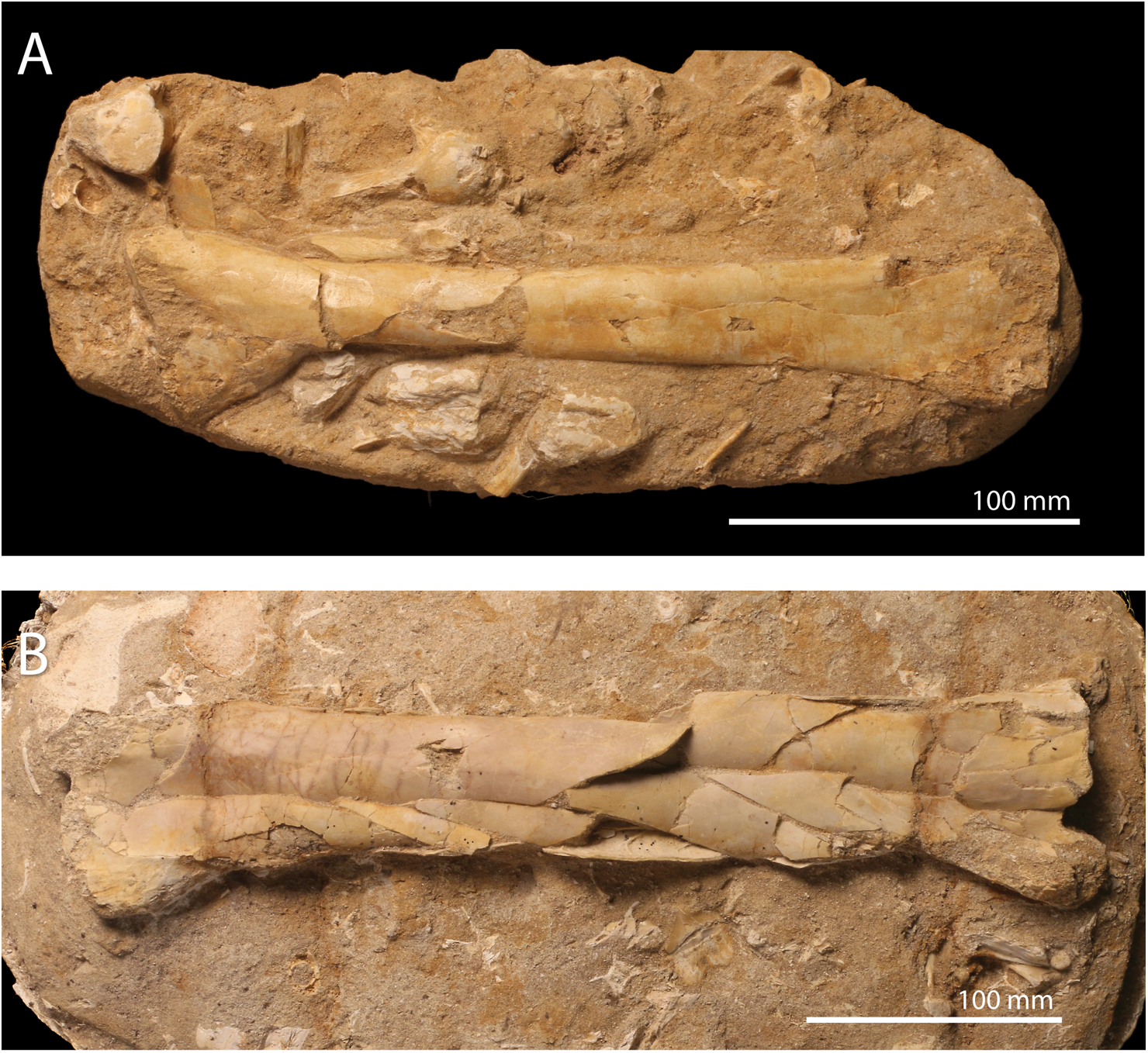Found: Fossilized Pterodactyls With 30-Foot Wingspans
These prehistoric reptiles reigned over the skies 66 million years ago.

University of Bath researchers have unearthed a 66-million-year-old pterodactyl with a 30-foot wingspan in Northern Morocco. Including this winged reptile, the research team uncovered six new species of pterodactyls, also known as pterosaurs, from three different taxonomic families. Their wingspans ranged from 6 feet to 30 feet.
Pterodactyls were once the largest animals to soar the skies, but an asteroid collision in present-day Mexico propelled a massive extinction at the end of the Cretaceous period, which wiped them out. Their population was thought to be already on the decline up to that point. However, the new finding suggests the pterodactyls’ population had not been decreasing prior to the asteroid collision, but rather thriving.
“The Moroccan fossils tell the last chapter of the pterosaurs’ story—and they tell us pterosaurs dominated the skies over the land and sea, as they had for the previous 150 million years,” said research team member Brian Andres from the University of Texas in an interview.
In order for these large reptiles to take flight, they needed light skeletons and hollow tube-like bones to provide the right aerodynamics. “But unfortunately, that means these bones are fragile, and so almost none survive as fossils,” said the study’s lead author Dr. Nick Longrich.
Based on this limited fossil record, paleontologists long believed the pterodactyl population had been dying out during the Cretaceous period. Turns out pterodactyls lived across ecological zones, from Mexico to Morocco, and were extremely diverse in beak shape, neck length, and size.
“I believe there are many more species to find,” Longrich said.







Follow us on Twitter to get the latest on the world's hidden wonders.
Like us on Facebook to get the latest on the world's hidden wonders.
Follow us on Twitter Like us on Facebook